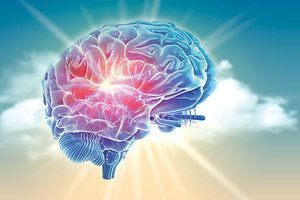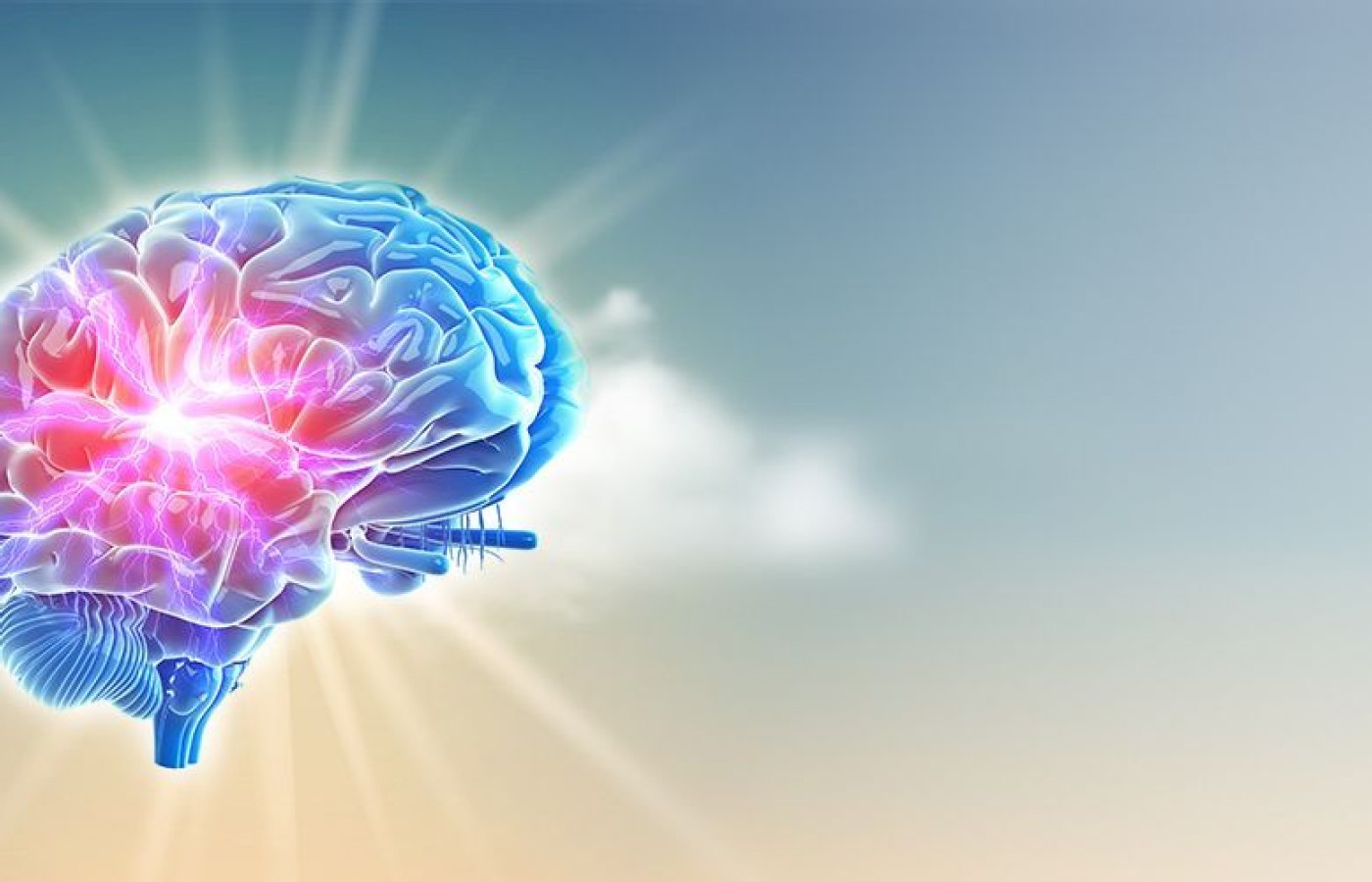Whether you accept it, avoid it or live somewhere in between, insurance coverage has become a defining issue for our profession. Patients increasingly expect to use their benefits, practitioners want to be compensated fairly for their time and expertise, and the system itself remains – at best – fragmented. The encouraging news is that coverage has expanded in meaningful ways. The challenging news is that reimbursement, across the board, remains inadequate.
A Ray of Hope for Parkinson's Disease Patients
Parkinson's disease (PD) is a progressive neurodegenerative disorder characterized by resting tremors, stiffness coupled with slowed movement, impaired balance, bradykinesia, and depression. Patients may also experience speech difficulty, memory loss, fatigue and cognitive impairment.
Inflammation has been viewed as part of the cause of the disease. Brain inflammation results in neuron damage, leading to the loss of the dopaminergic neurons in the substantia nigra. Chronic brain inflammation also causes lesions or scar-tissue formation, which further interrupts neuron function, resulting in disease progression.
Tremors
About 80 percent of PD patients suffer from tremors. Five areas including the hands, foot, jaw, tongue, and internal are primarily affected. After several years, the tremors can spread to affect other areas of the body.

The pathological hallmark of PD is nigrostriatal dopamine depletion. The nigro-striatal pathway is one of the major dopamine pathways in the brain involved in movement and other functions such as cognition. The nigrostriatal pathway connects the basal ganglia structure with the dorsal striatum, which is associated with cognition involving motor functions.
The basal ganglia is a part of a system called the basal ganglia motor loop, and it is critical in the production of movement. The basal ganglia controls and regulates activities of the motor and premotor cortical areas so voluntary movements can be performed smoothly.
Tremors result from the dopaminergic neuron damage in the substantia nigra, as well as from impaired interaction between the basal ganglia and a cerebello-thalamo-cortical motor loop. Dopaminergic neuron damage can cause reduced production of dopamine and eventually lead to neuron loss.
The basal ganglia need dopamine to connect the neurons. Lowering dopamine levels within the brain interrupts communications. Therefore, body movements become less smooth, and tremors and other movement symptoms, such as rigidity, occur.
Tremors are unpredictable; it's the toughest symptom to treat with medication. The most commonly prescribed medications include beta-blockers and anti-seizure drugs. Although they can help reduce tremors by blocking nerve impulses, often patients develop tolerances in about a year. Thus, they need to continuously up their dose, which increases the risk of side effects.
Impaired Balance and Difficulty Walking
PD patients have altered cerebellar activity during motor execution, motor learning, and at rest.1 The cerebellum is responsible for balance, equilibrium and movement. Cerebellar dysfunction and atrophic changes have also been found in PD. Reduced cerebellar modulation of cortical function has generalized effects upon the ability to smoothly coordinate and sequence both movement and cognition.
Speech Difficulty
Approximately 90 percent of PD patients will develop dysarthria, which can emerge at any stage of the disease and particularly in the later stages, causing a progressive loss of communication.
More recent research has pointed out that dysarthria in PD seems to be primarily related to non-dopaminergic deficits and associated particularly with non-motor symptoms.2 It is likely that the basal ganglia damage in PD could result in deficits of both motor programming and language formulation through their interrupted connections with the brain language center. The language difficulty is caused mainly by the disconnection of the brain's language processing center with the language execution and performance system.3
Wellness Recommendation
TCM & Tremors: Removing brain heat, clearing liver heat and quenching the rising of liver yang helps reduce brain inflammation and clear toxic chemokines from the brain. Radix astragali has been shown to decrease inflammatory cytokines, inhibit the expression of neuro-inflammation markers, and reduce dopaminergic neuron degeneration.4 Radix Angelica sinensis has been shown to inhibit chemokine production with neuroprotective effects.5 Lycium barbarum inhibits the abnormal aggregation of the proteins and alleviates the degeneration of the nigrostriatal system.6
TCM & Impaired Balance: According to TCM, the cerebellum atrophy and dysfunction is caused by qi, blood yin and yang deficiency, and the imbalance of the three jiaos. It requires formulas that enhance blood flow to the cerebellum to improve the structure and function of the cerebellum, and its connection with cortical networks. Morinda officinalis has been shown to increase the number of neurons in the basal forebrain, hippocampus and cerebral cortex, as well as improve learning and memory abilities.7
TCM & Speech Difficulty:Formulas that help dissolve scar tissue in the brain including the language center are necessary. Salvia miltiorrhiza has been shown to have strong neuroprotective properties through both anti-inflammatory and anti-oxidative effects.8
Formulas that target the brain language center by increasing blood flow to the limbic system are needed. Cortex moutan has been shown to specifically address PD through attenuating dopaminergic neuronal damage and inhibiting neuro-inflammation.9 Radix paeonie rubra has been shown to improve microcirculation and dilate blood vessels, not only benefiting the cardiovascular system, but also activating blood to enhance flow to the upper body.10 Panax ginseng enhances neurogenesis, alleviates cognitive deficits, improves learning and memory function, and ameliorates neuronal apoptosis.11
Case Study: Resolution of Head Bobbing, Slowness of Movement and Tremors
— Charles Lerner, DC
A 67-year-old patient suffering from PD consulted with Dr. Lerner. The patient complained of tremors and bradykinesia. He had been taking Sinemet and rasagiline. Without these medications, it was impossible for him to move without tremors. He also complained of brain fog.
Dr. Lerner recommended a protocol consisting of herbal ingredients including Panax ginseng, Radix paeonie rubra, Morinda officinalis and other herbal ingredients as a trial. Two weeks into the treatment, the patient reported that he woke up in the morning feeling so well that he did not feel the need to take his medications.
After one month, the patient reported positive results. Prior to taking the herbal formulas, he was used to awakening at 6:00 a.m. and needed to take his medications by 8:00 a.m. to control his tremors. Since taking the herbal formulas, he was feeling well enough and without tremors that he could wait until noon to 1:00 p.m. before taking his first dose of medication. The patient has been pleased with the results because taking less medications will prolong their usefulness, thereby extending his ability to survive the disease.
Further treatment with the formulas has continued to be helpful and is recommended. Head bobbing with slowness of movement, which is usually present the whole day, has diminished and is only present at the end of the day. He had always taken a low dose of rasagiline and now has been able to reduce his dose of Sinemet without feeling any of the aforementioned ill effects. The patient is now on his third month of treatment and continues reporting the positive effects.
References
- Mirdamadi JL. Cerebellar role in Parkinson's disease. J Neurophysiol, 2016;116(3):917-919.
- Brabenec L, Mekyska J, Galaz Z. et al. Speech disorders in Parkinson's disease: early diagnostics and effects of medication and brain stimulation. J Neural Transm, 2017;124:303-334 (2017).
- Altmann LJ, Troche MS. High-level language production in Parkinson's disease: a review. Parkinsons Dis, 2011;2011:238956.
- Shan CS, Zhang HF, Xu QQ, et al. Herbal medicine formulas for Parkinson's disease: a systematic review and meta-analysis of randomized double-blind placebo-controlled clinical trials. Front Aging Neurosci, 2018;10:349.
- Zhao LX, Jiang BC, Wu XB, et al. Ligustilide attenuates inflammatory pain via inhibition of NFκB-mediated chemokines production in spinal astrocytes. Eur J Neurosci, 2014 Apr;39(8):1391-402.
- Wang X, Pang L, Zhang Y, et al. Lycium barbarum polysaccharide promotes Nigrostriatal dopamine function by modulating PTEN/AKT/mTOR pathway in a methyl-4-phenyl-1,2,3,6-tetrahydropyridine (MPTP) murine model of Parkinson's disease. Neurochem Res, 2018;43:938-947.
- Chen DL, Zhang P, Lin L, et al. [Protective effect of oligosaccharides from Morinda officinalis on beta-amyloid-induced dementia rats]. Zhongguo Zhong Yao Za Zhi, 2013 May;38(9):1306-9.
- Lin TH, Hsieh CL. Pharmacological effects of Salvia miltiorrhiza (Danshen) on cerebral infarction. Chinese Med, 2012;5:22.
- Wang Z, He C, Peng Y, et al. Origins, phytochemistry, pharmacology, analytical methods and safety of Cortex moutan (Paeonia suffruticosa Andrew): a systematic review. Molecules, 2017;22(6):946.
- Tan YQ, Chen HW, Li J, Wu QJ. Efficacy, chemical constituents, and pharmacological actions of Radix paeoniae rubra and Radix paeoniae alba. Front Pharmacol, 2020;11:1054.
- Zhang Z, Zhang S, Nga-Ping Lui C, et al. Traditional Chinese medicine-based neurorestorative therapy for Alzheimer's and Parkinson's disease. J Neurorestoratol, 2019;7(4):207-222.



